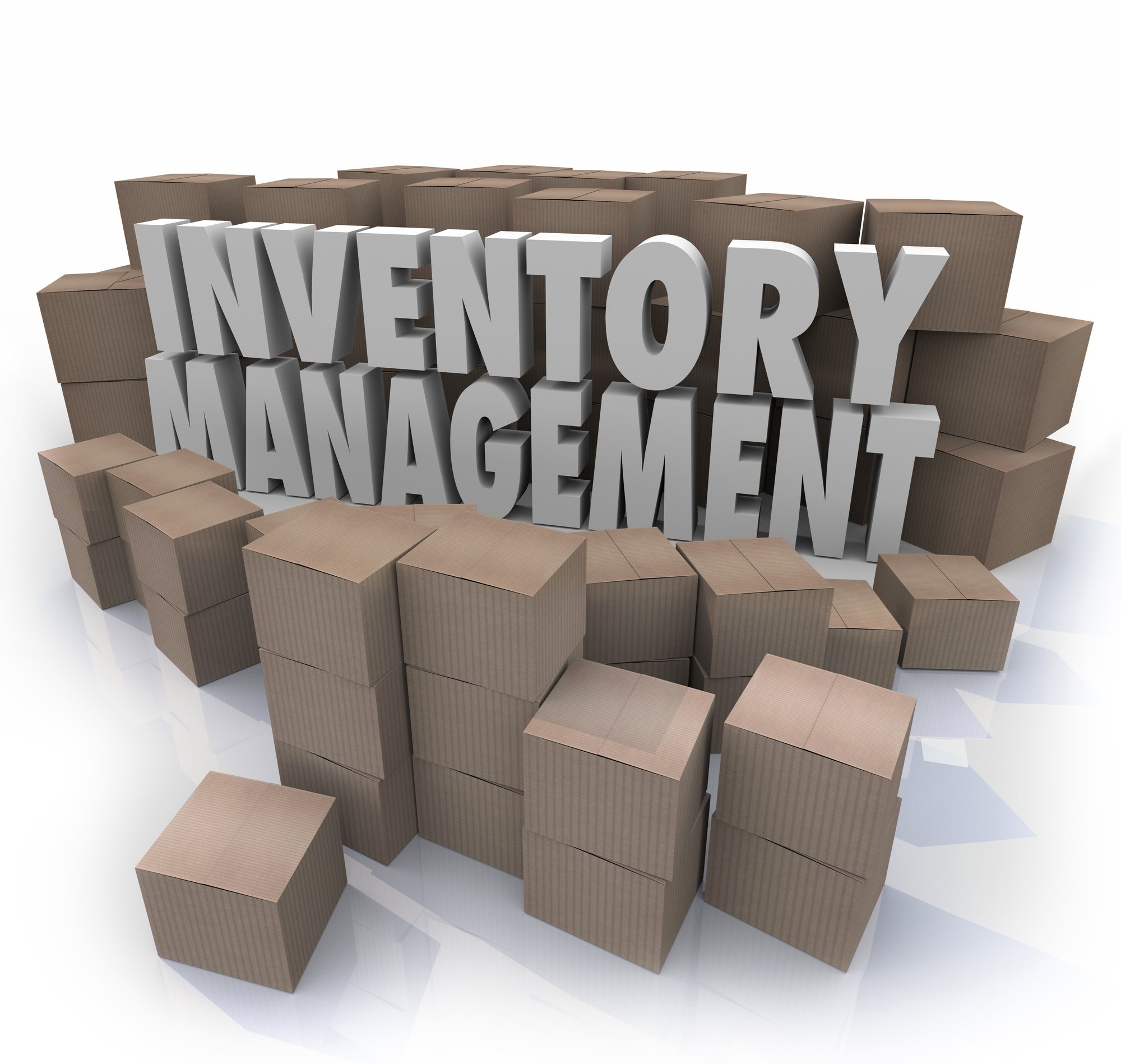Business inventory management and stock control are critical aspects of any successful business operation. Effective management of inventory and stock levels can lead to increased efficiency, reduced costs, and improved customer satisfaction. This comprehensive guide will provide you with a thorough understanding of the principles and best practices of inventory management and stock control, empowering you to optimize your operations and drive business growth.
In this guide, we will delve into the significance of inventory management for businesses, exploring various inventory management techniques and strategies. We will also define stock control and its role in inventory management, examining different stock control methods and comparing their effectiveness.
Furthermore, we will discuss the importance of inventory optimization and explore techniques for optimizing inventory levels, supported by real-world case studies.
Inventory Optimization

Inventory optimization is the process of determining the optimal levels of inventory to hold, with the goal of minimizing total inventory costs while meeting customer demand. It involves balancing the trade-off between holding too much inventory, which can lead to increased storage costs, obsolescence, and waste, and holding too little inventory, which can result in stockouts, lost sales, and customer dissatisfaction.
Techniques for Optimizing Inventory Levels
There are several techniques that can be used to optimize inventory levels, including:
- ABC analysis:This technique classifies inventory items into three categories (A, B, and C) based on their annual usage value. A-items are the most valuable and should be managed closely, while C-items are the least valuable and can be managed with less attention.
- Safety stock:Safety stock is a buffer of inventory that is held to protect against unexpected increases in demand or disruptions in the supply chain. The amount of safety stock held should be based on the variability of demand and the lead time for replenishing inventory.
- Just-in-time (JIT) inventory:JIT is a production strategy that aims to minimize inventory levels by producing only what is needed, when it is needed. This can help to reduce storage costs and the risk of obsolescence.
- Vendor-managed inventory (VMI):VMI is a partnership between a retailer and a supplier, in which the supplier manages the retailer’s inventory levels. This can help to improve inventory accuracy and reduce the risk of stockouts.
Case Studies of Successful Inventory Optimization Strategies
There are many case studies of companies that have successfully implemented inventory optimization strategies. For example, Walmart has used a combination of ABC analysis, safety stock, and JIT inventory to reduce its inventory levels by 20% while increasing its sales by 5%.
Another example is Amazon, which uses a sophisticated inventory optimization system that helps it to maintain high levels of customer service while minimizing its inventory costs.
Technology in Inventory Management
Technology plays a pivotal role in modern inventory management systems, enabling businesses to streamline their operations and enhance stock control. By leveraging software solutions, businesses can automate processes, gain real-time visibility into their inventory levels, and make informed decisions to optimize stock levels.
Software Solutions for Inventory Management
Numerous software solutions are available to cater to the specific needs of different businesses. These solutions offer a range of features, including:
- Inventory tracking and visibility
- Demand forecasting
- Purchase order management
- Warehouse management
- Reporting and analytics
Benefits of Using Technology
The benefits of using technology in inventory management are substantial, including:
- Improved accuracy:Automated systems reduce human error, leading to more accurate inventory records.
- Increased efficiency:Technology streamlines processes, freeing up staff for more strategic tasks.
- Enhanced visibility:Real-time data provides managers with a clear understanding of stock levels.
- Optimized stock levels:Predictive analytics help businesses maintain optimal stock levels, minimizing the risk of overstocking or stockouts.
- Improved customer service:Accurate inventory data ensures that businesses can fulfill customer orders promptly and efficiently.
Best Practices for Inventory Management

Efficient inventory management is crucial for businesses to optimize operations, reduce costs, and enhance customer satisfaction. Industry best practices provide a framework for businesses to achieve these goals.
Inventory accuracy is paramount in effective inventory management. Regular cycle counting ensures that physical inventory levels match recorded data, minimizing discrepancies and preventing stockouts.
Minimizing Inventory Waste and Spoilage, Business inventory management and stock control
To minimize inventory waste and spoilage, businesses should implement strategies such as:
- First-in, first-out (FIFO) method:Prioritizing the sale of older inventory before newer items, reducing the risk of spoilage or obsolescence.
- Proper storage conditions:Maintaining appropriate temperature, humidity, and lighting levels to preserve inventory quality and prevent deterioration.
- Regular inventory audits:Identifying and removing obsolete or damaged items to prevent further losses.
Last Point: Business Inventory Management And Stock Control
In conclusion, business inventory management and stock control are essential for businesses to achieve operational efficiency, reduce costs, and enhance customer satisfaction. By implementing effective inventory management strategies and stock control methods, businesses can optimize their inventory levels, minimize waste, and improve their overall profitability.
The principles and best practices Artikeld in this guide will provide you with the knowledge and tools necessary to effectively manage your inventory and stock, driving business success and growth.
